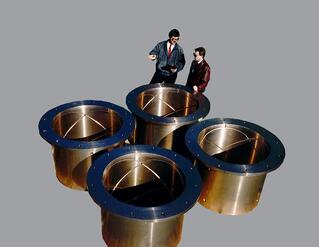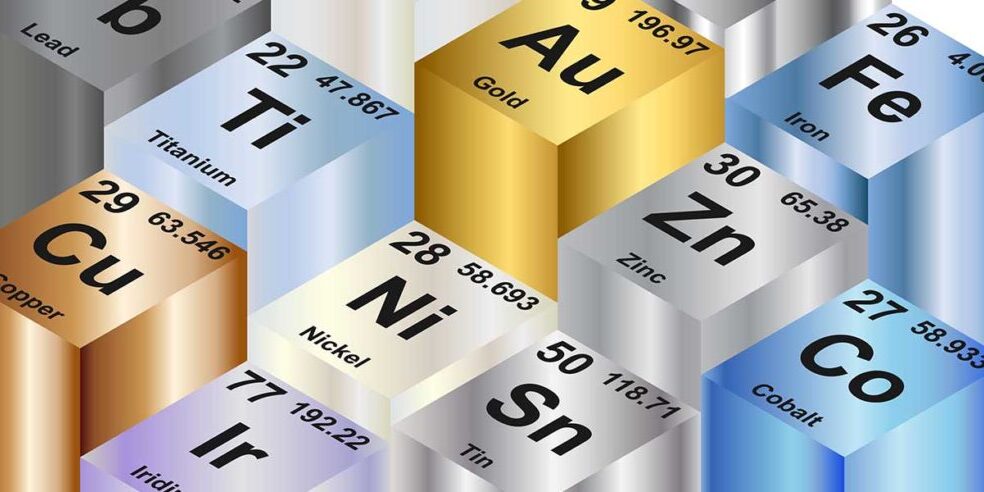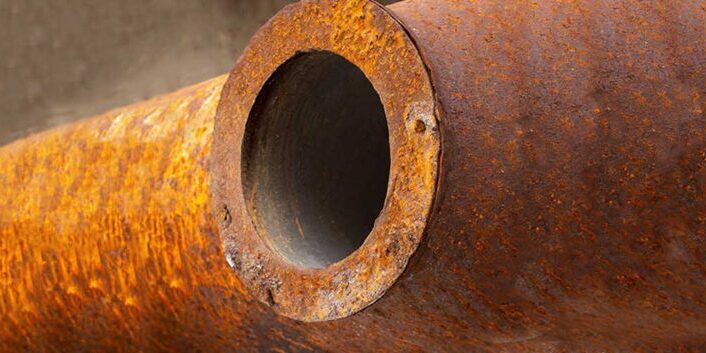Blog Bearium Alloys
By: Dave Olsen

For over 60 years, Bearium® Metals have been chosen for performance under the toughest operating conditions. These are high lead tin bronze alloys containing virgin copper, tin, and specially processed lead. Bearium® metals can be used where other bearing materials may fail due to speed, load, temperature, or where lubrication is difficult, impossible, or simply neglected. The high lead tin bronze for superior performance in particularly difficult applications and where lubrication is a challenge.
There are four grades available: B-4, B-8, B-10, B-11:
- Bearium® B-4 is made up of 70% Copper, 4% tin, and 26% lead. This grade is used when the shaft or other mating part is relatively soft, is not heat-treated or carburized, and has a hardness below Rockwell C20.
- Bearium® B-8 consists up of 70% Copper, 8% tin, and 22% lead. It is recommended for use where the mating shaft or component has a hardness greater than Rockwell C20 or where the mating part has been heat-treated or carburized.
- Bearium® B-10 metal is 70% Copper, 10% tin, and 20% lead. Use of this version of Bearium® is recommended where the mating shaft or component has a hardness greater than Rockwell C20 or where the mating part is heat-treated or carburized. It should be used in preference to the B-8 grade in applications that require somewhat higher physical properties than are available in B-8 material.
- Bearium® B-11, the material with the highest strength within the Bearium® family, is made up of 70% Copper, 10% tin, 2% Nickel, and 18% lead. It has the lowest content of lead and offers the highest tensile and yield strength.
The chemical composition alone does not entirely explain the superior frictional properties found in Bearium Metal. The elevated performance is also due in great measure to the processing the ingredients used. This results in a metallurgical structure that is superior to that found in other bearing materials even though they may have identical chemical compositions.
For guidance in selecting the appropriate Bearium alloy in your application, contact us.



